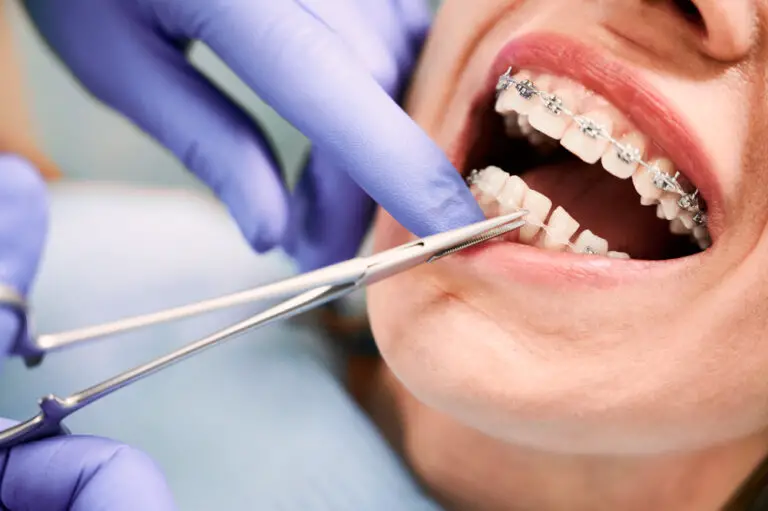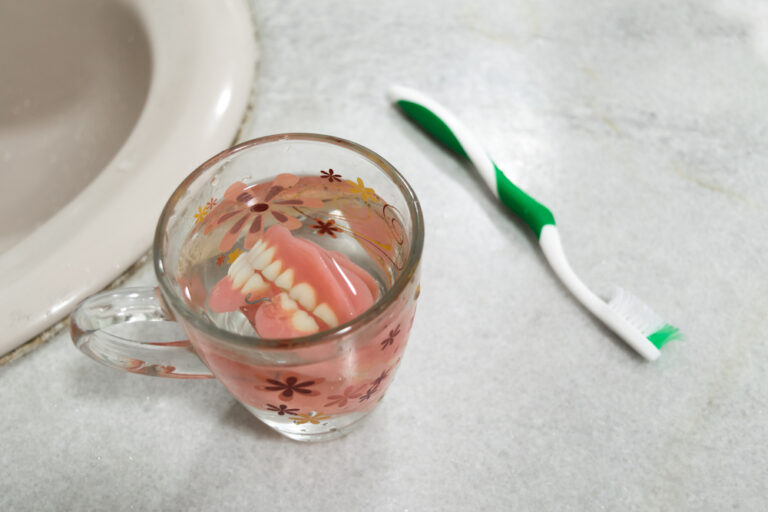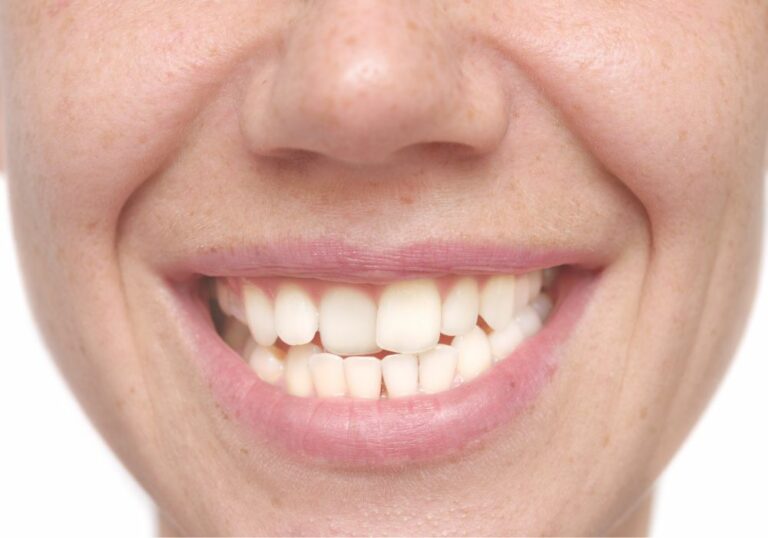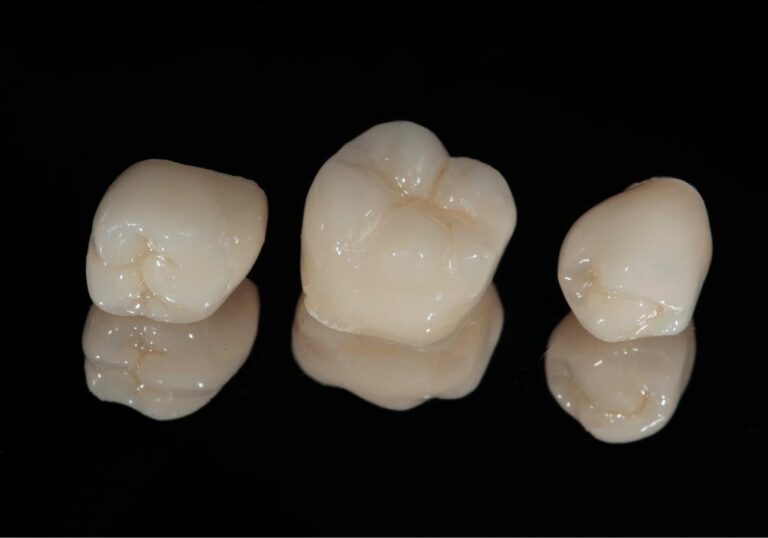Are all teeth ivory? This is a common question asked by many people. The answer is both yes and no. Technically, all mammalian teeth, including human teeth, can be classified as ivory. However, the term “ivory” is generally used to refer to the tusks and large teeth of animals such as elephants, walruses, and hippopotamuses.
The trade and commercialization of ivory from these animals is illegal due to the harm it causes to their populations. The demand for ivory has led to widespread poaching, which has significantly reduced the number of these animals in the wild. As a result, many countries have implemented strict laws and regulations to prevent the trade of ivory and protect these endangered species. Despite these efforts, the illegal ivory trade remains a significant problem around the world.
What is Ivory?
Ivory is a hard, white material that comes from the tusks and teeth of certain mammals. It is primarily composed of dentin, a physical structure found in teeth and tusks, and contains structures of mineralized collagen. Ivory is highly valued for its beauty and durability, and has been used for thousands of years in a variety of applications, including art, jewelry, and musical instruments.
All ivory comes from the teeth of mammals, which have three layers. The outer layer is made of hard enamel, while the inner layer is made of nerves and blood vessels that feed the tooth. The middle layer, which is referred to as ivory, consists of a softer material called dentin.
Ivory can be found in a variety of mammals, including elephants, walruses, narwhals, and hippopotamuses. However, not all teeth are considered ivory. In order for a tooth to be considered ivory, it must be large enough to be curved and of commercial interest.
Due to the high demand for ivory, many animals have been hunted to near extinction. As a result, there are now strict regulations in place to prevent the poaching and trade of ivory. It is important to only purchase ivory that has been legally obtained and to support efforts to protect endangered species.
Anatomy of a Tooth
A tooth is a complex anatomical structure that plays a vital role in the human body. It is composed of different layers, each with its unique function. Here’s a breakdown of the anatomy of a tooth:
Enamel
The enamel is the outermost layer of the tooth, and it is the hardest substance in the human body. It is a protective layer that shields the tooth from damage caused by chewing, biting, and grinding. Enamel is made up of minerals, primarily hydroxyapatite and is acellular, meaning it does not contain any living cells.
Dentin
Dentin is the second layer of the tooth, located just below the enamel. It is softer than enamel but harder than bone and makes up the bulk of the tooth structure. Dentin is composed of microscopic tubes that run from the pulp to the enamel. These tubes contain fluid and nerve endings that help to sense temperature changes and pain.
Pulp
The pulp is the innermost layer of the tooth and contains the nerves and blood vessels that keep the tooth alive. It is a soft tissue that extends from the crown to the tip of the root. The pulp is responsible for nourishing the tooth and keeping it healthy. If the pulp becomes infected or damaged, it can lead to pain and sensitivity.
Cementum
Cementum is a layer of hard, connective tissue that covers the root of the tooth. It helps to anchor the tooth to the jawbone by connecting the periodontal ligament to the bone. Cementum is not as hard as enamel, but it is tougher than dentin.
Periodontal Ligament
The periodontal ligament is a thin layer of connective tissue that surrounds the tooth root and anchors it to the jawbone. It acts as a shock absorber, helping to cushion the tooth from the forces of chewing and biting. The periodontal ligament is also responsible for sensing pressure and sending signals to the brain.
Understanding the anatomy of a tooth is essential for maintaining good oral health. By taking care of your teeth and visiting your dentist regularly, you can help keep your teeth healthy and strong.
Ivory Vs. Teeth
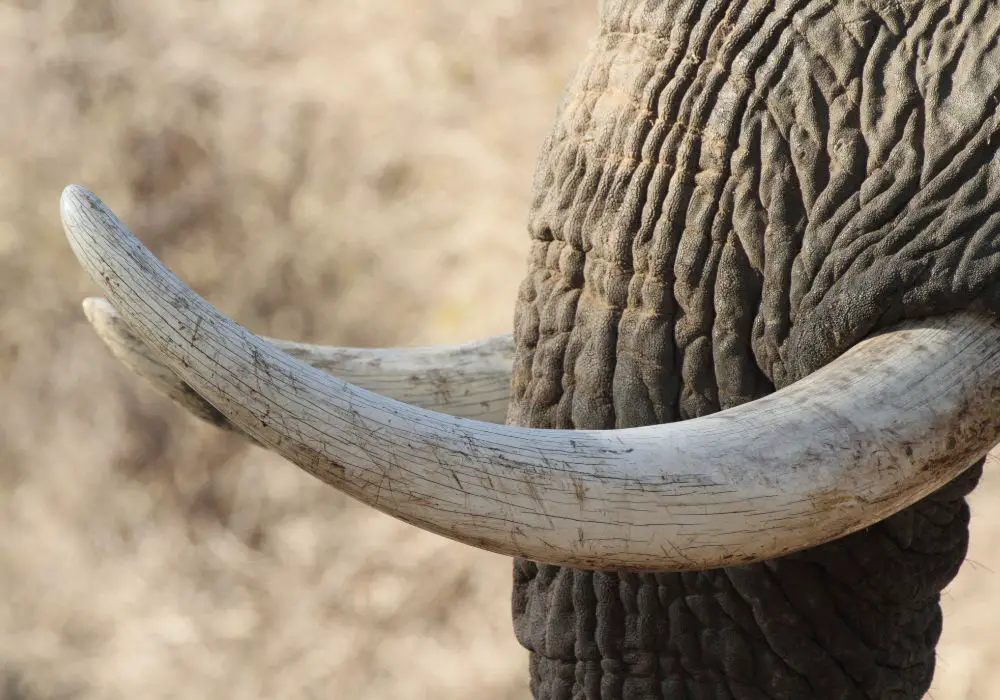
When it comes to the question of whether all teeth are ivory, it’s important to understand the difference between the two. While ivory is a type of material that comes from the tusks or teeth of certain mammals, not all teeth are ivory.
What is Ivory?
Ivory is a hard, white material that is made up of dentine, one of the physical structures of teeth and tusks. It is typically derived from the tusks of elephants, but it can also come from the teeth of other mammals such as walruses, hippos, and narwhals. Ivory is highly valued for its beauty and durability, and it has been used for centuries to make a wide range of decorative and functional objects.
Teeth
Teeth, on the other hand, are the hard, bony structures that are found in the mouths of most mammals, including humans. While teeth are made up of dentine like ivory, they also contain other materials such as enamel and cementum, which give them their unique properties. Teeth come in a variety of shapes and sizes, depending on the species of mammal they belong to, and they serve a wide range of functions such as biting, chewing, and grinding food.
Differences
The main difference between ivory and teeth is that ivory is a specific type of material that is derived from the tusks or teeth of certain mammals, while teeth are a natural part of the anatomy of most mammals. While ivory is highly valued for its beauty and durability, teeth are primarily functional structures that are essential for survival.
Another key difference between ivory and teeth is that ivory is often associated with poaching and illegal trade, while teeth are not. This is because the demand for ivory has led to the illegal hunting and killing of elephants and other animals, which has had a devastating impact on their populations. Teeth, on the other hand, are not typically targeted by poachers or illegal traders, and they do not have the same commercial value as ivory.
In conclusion, while some types of teeth can be considered ivory, not all teeth are ivory. Ivory is a specific type of material that is highly valued for its beauty and durability, while teeth are primarily functional structures that are essential for survival. Understanding the differences between ivory and teeth is important for anyone who is interested in the natural world and the materials that come from it.
Properties of Ivory
Ivory is a hard and dense material that is derived from the tusks and teeth of animals. It is primarily composed of dentine, which is the same physical structure found in human teeth. However, ivory also contains mineralized collagen structures that give it unique properties.
Here are some of the key properties of ivory:
Hardness
Ivory is a very hard material that is difficult to scratch or dent. Its hardness is due to the high concentration of dentine, which is a dense and durable substance. Ivory is often used in jewelry and decorative items because of its ability to hold intricate carvings and designs.
Density
Ivory is also a very dense material, which means that it has a high weight-to-volume ratio. This makes it heavier than most other materials of the same size. The density of ivory gives it a sense of heft and solidity that is prized in many cultures.
Color
Ivory is typically a creamy white color, although it can vary depending on the animal species and the age of the material. African elephant ivory is often considered the most desirable because of its unique coloration and texture.
Workability
Despite its hardness and density, ivory is relatively easy to work with using woodworking tools. It can be carved, shaped, and polished to create intricate designs and patterns. This workability has made ivory a popular material for artists and craftspeople throughout history.
Durability
Ivory is a very durable material that can last for centuries if properly cared for. However, it is also susceptible to cracking, warping, and discoloration over time. This is why it is important to handle and store ivory items carefully to prevent damage.
Overall, ivory is a unique and valuable material that has been prized for its beauty and durability for centuries. However, it is important to remember that the use of ivory from endangered or protected animals is illegal in many parts of the world, and can contribute to the decline of these species.
Properties of Teeth
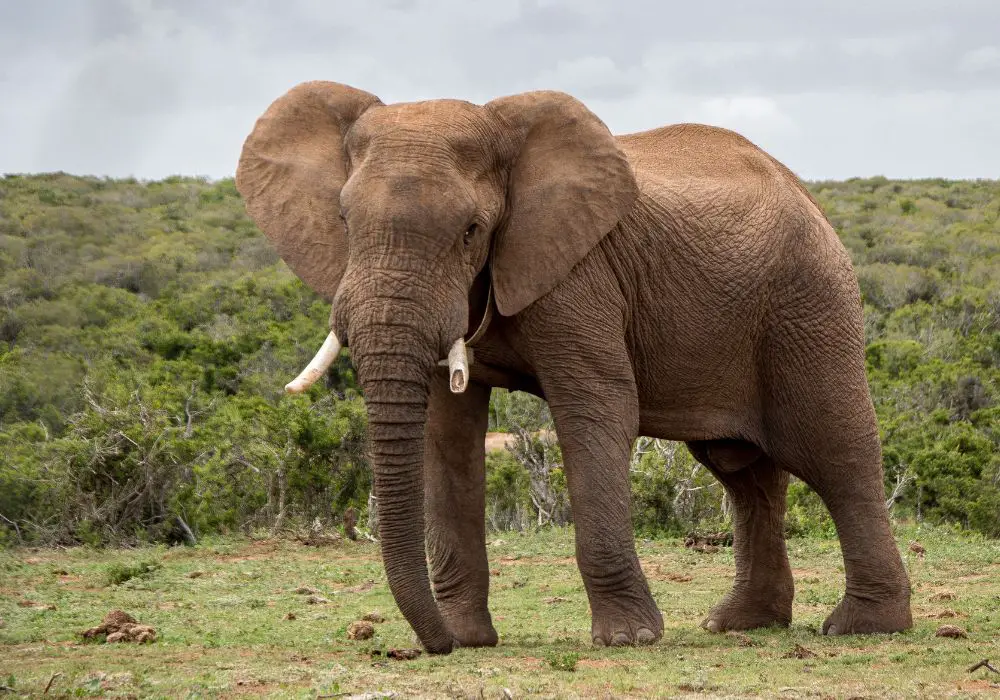
Teeth are an important part of the human body, serving various functions such as chewing, biting, and speaking. But what are the properties of teeth? Here are some key characteristics of teeth:
- Composition: Teeth are made up of different layers, including enamel, dentin, pulp, and cementum. Enamel is the outermost layer, which is the hardest and most mineralized tissue in the body. Dentin is the layer beneath the enamel and is softer than enamel. Pulp is the innermost layer, which contains nerves and blood vessels. Cementum covers the root of the tooth and helps to anchor it to the jawbone.
- Color: Teeth are not all ivory in color. The color of teeth can vary from person to person, ranging from white to yellow to gray. The color of teeth can also change over time due to factors such as aging, genetics, and lifestyle habits like smoking and drinking coffee.
- Shape: Teeth come in different shapes and sizes, depending on their location in the mouth and their function. For example, incisors are sharp and flat, used for biting and cutting food, while molars are large and flat, used for grinding and chewing food.
- Strength: Teeth are strong and durable, able to withstand the forces of biting and chewing. However, they can still be damaged or broken due to trauma or decay.
Overall, teeth are complex structures with unique properties that allow them to perform their important functions in the body.
Common Misconceptions
When it comes to teeth, there are many misconceptions that people believe to be true. Here are some of the most common ones:
- All teeth are ivory: While ivory is a material that comes from the tusks and teeth of animals, not all teeth are made of ivory. Teeth are actually made up of several layers, including enamel, dentin, and pulp. The enamel, which is the outermost layer of the tooth, is the hardest substance in the human body and is made up of minerals, mainly calcium phosphate. Dentin, which is located beneath the enamel, is a hard, yellowish tissue that makes up most of the tooth. The pulp, which is located in the center of the tooth, contains nerves and blood vessels.
- White teeth are healthy teeth: While having white teeth may be desirable, it does not necessarily mean that your teeth are healthy. The natural color of teeth varies from person to person, and some people may have naturally yellow or gray teeth. Additionally, teeth can become discolored due to aging, certain foods and drinks, smoking, and poor oral hygiene. It is important to maintain good oral hygiene habits, such as brushing twice a day and flossing daily, to keep your teeth healthy.
- Brushing harder cleans your teeth better: This is another common misconception that is not true. Brushing your teeth too hard can actually damage your enamel and cause your gums to recede, which can lead to sensitivity and other dental problems. It is best to use a soft-bristled toothbrush and gentle pressure when brushing your teeth.
- You only need to see a dentist if you have a problem: This is a dangerous misconception that can lead to serious dental problems. Regular dental checkups are important for maintaining good oral health and preventing dental problems from developing. Your dentist can detect and treat dental problems early on, before they become more serious and require more extensive treatment.
In conclusion, it is important to separate fact from fiction when it comes to dental health. By understanding and dispelling common misconceptions, you can take better care of your teeth and maintain good oral health.
Impact on Wildlife Conservation
When it comes to wildlife conservation, the issue of ivory is a significant one. The trade of ivory has led to the decline of elephant populations, and it is a major threat to their survival. Ivory is highly valued, and it has led to the illegal poaching of elephants, which has resulted in a significant reduction in their numbers.
The Convention on International Trade in Endangered Species of Wild Fauna and Flora (CITES) has been working to protect elephants and other wildlife by regulating the trade in ivory. CITES has banned the international trade in ivory, and many countries have implemented their own regulations to protect elephants and other endangered species.
The impact of ivory trade goes beyond elephants. Other animals, such as walruses, hippos, and narwhals, also produce ivory, and they are also at risk of being poached for their tusks. The illegal trade in ivory has led to the decline of these species, and it has had a significant impact on their populations.
In addition to the impact on wildlife populations, the trade in ivory also has a significant impact on local communities. Many communities rely on wildlife tourism for their livelihoods, and the decline of elephant populations due to poaching has led to a decline in tourism. This has had a negative impact on the local economy and the livelihoods of these communities.
Overall, the impact of ivory trade on wildlife conservation is significant. The illegal trade in ivory has led to the decline of elephant populations and other endangered species, and it has had a negative impact on the local communities that rely on wildlife tourism. It is important that we continue to work towards protecting these species and regulating the trade in ivory to ensure their survival.
Legal Aspects of Ivory Trade
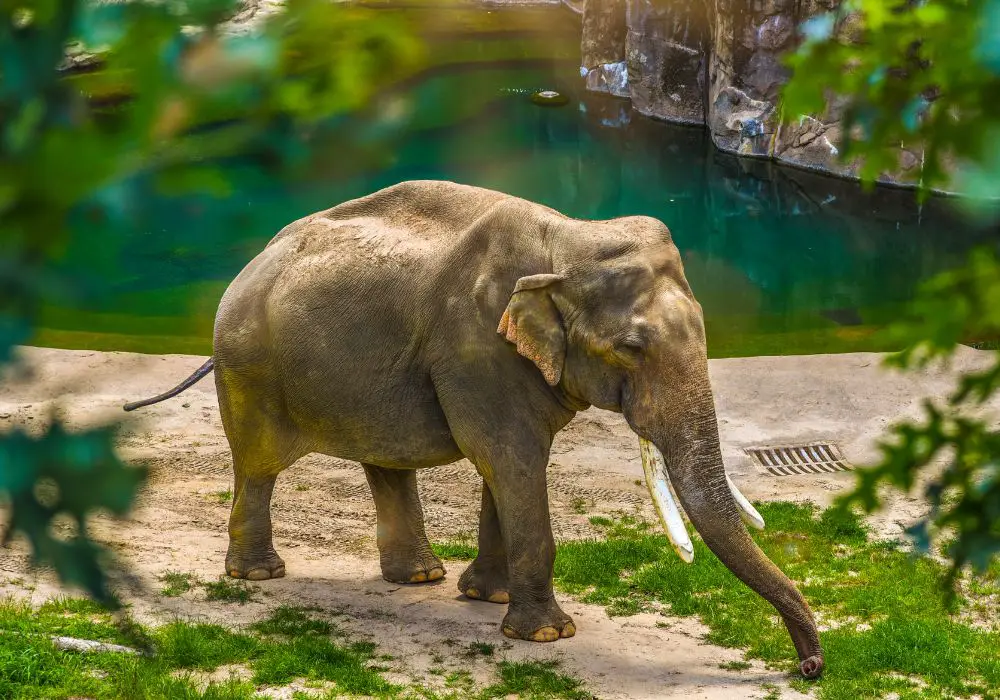
When it comes to ivory, there are various legal aspects to consider. In the United States, for instance, there is now a complete ban on the commercial import of African-elephant ivory, whether it is raw ivory, worked ivory, an antique, or a brand-new object. This means that it is illegal to buy, sell, or trade ivory for commercial purposes.
In addition to the federal ban, several states have also passed laws banning intrastate ivory trade. For example, New York, New Jersey, and California have all passed legislation prohibiting the sale of ivory within their borders. These states were previously major hubs for the illegal ivory trade, and the bans are intended to help curb the demand for ivory and reduce the poaching of elephants.
It is worth noting that there are some exceptions to the ivory ban. For example, certain antiques that contain a small amount of ivory may be exempt from the ban if they meet certain criteria. However, it is important to note that the burden of proof falls on the seller to demonstrate that the item is exempt.
If you are caught buying, selling, or trading ivory in violation of the law, you could face serious legal consequences, including fines and even imprisonment. As such, it is important to make sure that any ivory you own or purchase is legal and meets all applicable regulations.
Dental Health and Care
Maintaining good dental health is essential for overall health. Poor dental hygiene can lead to a variety of health problems, including gum disease, tooth decay, and even heart disease. Here are some tips to help you take good care of your teeth and gums:
- Brush your teeth at least twice a day for two minutes each time. Use a soft-bristled brush and fluoride toothpaste.
- Floss daily to remove food particles and plaque that can build up between your teeth.
- Use mouthwash to remove food particles left after brushing and flossing.
- Eat a healthy diet and limit sugary food and drinks.
- Visit your dentist regularly for checkups and cleanings. Your dentist can help you identify any potential problems early on and provide treatment before they become more serious.
- If you have any dental problems, such as tooth decay or gum disease, seek treatment as soon as possible. Ignoring these issues can lead to more serious health problems down the road.
By following these simple tips, you can help ensure that your teeth and gums stay healthy for years to come.
Frequently Asked Questions
What is ivory made of?
Ivory is a hard, white material that comes from the tusks and teeth of animals. It is mainly composed of dentin, which is the hard, dense, bony tissue that makes up the bulk of the tooth. Ivory also contains enamel and cementum, which are the outer layers that protect and support the tooth.
What animals have ivory?
Ivory can be found in the tusks and teeth of several different animals, including elephants, walruses, narwhals, and some species of whales. However, the most commonly traded and sought-after ivory comes from elephants.
Why is ivory illegal?
The trade of ivory has been illegal in many countries since the 1980s due to concerns about the impact of poaching on elephant populations. Ivory is a valuable commodity, and poaching has led to a significant decline in elephant populations in some areas. In addition, the process of obtaining ivory can be cruel and inhumane.
What is the difference between ivory and regular teeth?
The primary difference between ivory and regular teeth is that ivory is much harder and denser than the teeth of most other animals. This is because the dentin in ivory is much thicker and more tightly packed than in other teeth. Ivory also has a distinctive grain pattern that is not found in other types of teeth.
Are teeth bones or ivory?
Teeth are not bones or ivory. Bones are made up of a combination of collagen and calcium, while ivory is made up of dentin, enamel, and cementum. Teeth are unique structures that are designed to help animals bite, chew, and grind food.
Are all elephant teeth made of ivory?
Not all elephant teeth are made of ivory. Elephants have six sets of teeth in their lifetime, and only the first two sets are made of ivory. The remaining teeth are made of a combination of dentin and cementum and are not considered to be ivory.


